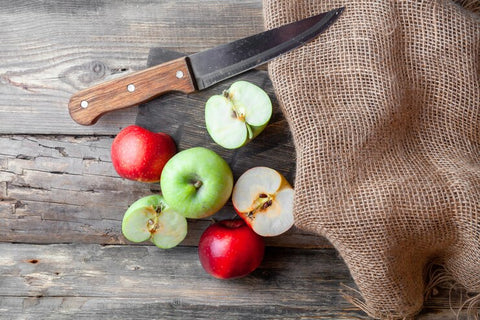Nothing is more enticing than a loaf of bread that has just come out of the oven. But nothing endures without fading.
That fresh loaf of bread progressively dries out and hardens over a few days. Stale is a word we use to describe this. Is there, however, a way to soften stale bread?
Why does bread go stale?
Starch, which is found in bread, is composed of molecules amylose and amylopectin. These starch molecules are crystallized in their unaltered condition. These starches go through a process which causes them to turn brown and change into sugar when cooked with dry heat, such as when you toast a piece of bread.
Caramelization, which must deal with the oxidation of sugars, is a distinct but connected process that takes place concurrently. Additionally, it causes bread to brown. But when sugars are caramelized, a chemical reaction takes place, whereas when starch is dextrified, starch is the object of the process.
How to revive stale bread
You understand the embarrassment of discarding a loaf of bread that has become so stale that it won't even make good croutons. Don’t worry, this game-changing trick for reviving stale bread is so successful that we can't believe we hadn’t known it sooner.
Here's how to rescue your next loaf from spoilage:
- It's too late if your bread resembles a science project. But, if it is only dry and stale, there is still hope.
- Water can be used to spritz or brush the bread. If the bread is too dry or has a thick crust, use extra. If the loaf merely needs a little boost or has a thin crust, use less. In fact, I've briefly run a stale loaf's crust under the faucet without the bread becoming mushy. However, it's preferable to apply a brush on the crust if the loaf is cut with the center bread exposed.
- Make an airtight seal with aluminum foil around a dense, very dry loaf. You could get away with returning a day-old baguette in the paper bag it was packaged in; simply roll the top closed.
- Place the bread in a cold oven and raise the temperature to 300 °F. Depending on the density and dryness of the bread, allow the loaf to slowly warm up for 10 to 15 minutes. Observe the bread after ten minutes. What happens is that as the water evaporates, steam is created, which the wrapping manages to capture. The bread quickly swells up after absorbing the steam.
- Open the package and place the bread back in the oven, directly on the rack, for about 5 minutes, or until the interior feels moist enough for your liking. Before returning the bread to the oven, take it out of the paper bag if it is in one. This process removes extra moisture from the crust and restores its attractive crispness. Additionally, your kitchen will have a nice, fresh bread scent. And with that, what's not to love?
Bonus Tip…
Wrapping a moist towel around the loaf and microwaving it for 10 seconds at a time could hasten the heating process. The disadvantage of microwaving bread is that it could become rubbery. After attempting both, I must admit that I like the oven approach more.
Other cost-effective uses for stale bread exist as well. After all, it serves as the key component of bread puddings, croutons, and French toast.



